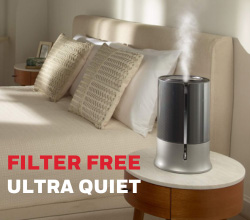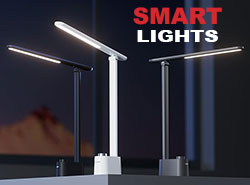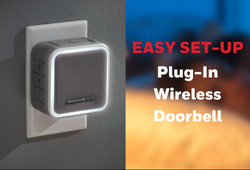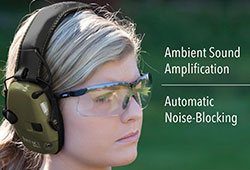Respirators and Gas Masks
Respirators and Gas Masks: What You Need to Know
Respirators and gas masks are essential personal protective equipment (PPE) for protecting yourself from harmful airborne contaminants. They work by filtering the air you breathe.
N95 masks, N95 respirators, disposable respirators
N95 masks are a type of respirator that filters out 95% of airborne particles 0.3 microns or larger. They are made of a pleated filter material that is held in place by a nose clip and two elastic straps. N95 masks are disposable and should be discarded after each use.
Reusable respirator masks, reusable respirator
Reusable respirators are more expensive than disposable respirators, but they can be cleaned and reused multiple times. They are available in a variety of styles, including half-mask respirators and full-face respirators. Half-mask respirators cover the nose and mouth, while full-face respirators cover the entire face.
Half mask respirator
A half mask respirator is a type of respirator that covers the nose and mouth. It is held in place by a head strap and two elastic bands. Half mask respirators are available with a variety of filters, including N95 filters, R95 filters, and P95 filters.
R95 masks
R95 masks are a type of respirator that filters out 95% of airborne particles 0.3 microns or larger. They are similar to N95 masks, but they are slightly more resistant to oil-based particles.
How do I choose the right respirator or gas mask?
The right respirator or gas mask for you will depend on the specific type of contaminants you are exposed to and the level of protection you need. When choosing a respirator, you should consider the following factors:
- The type of contaminants you are exposed to
- The level of protection you need
- The comfort and fit of the respirator
- The climate in which you will be using the respirator
How do I use a respirator or gas mask?
It is important to use a respirator or gas mask correctly in order to get the full benefit of its protection. Here are some tips for using a respirator:
- Make sure the respirator fits snugly against your face.
- Do not touch the inside of the respirator.
- Change the filter or cartridges as needed.
- Inspect the respirator regularly for damage.







